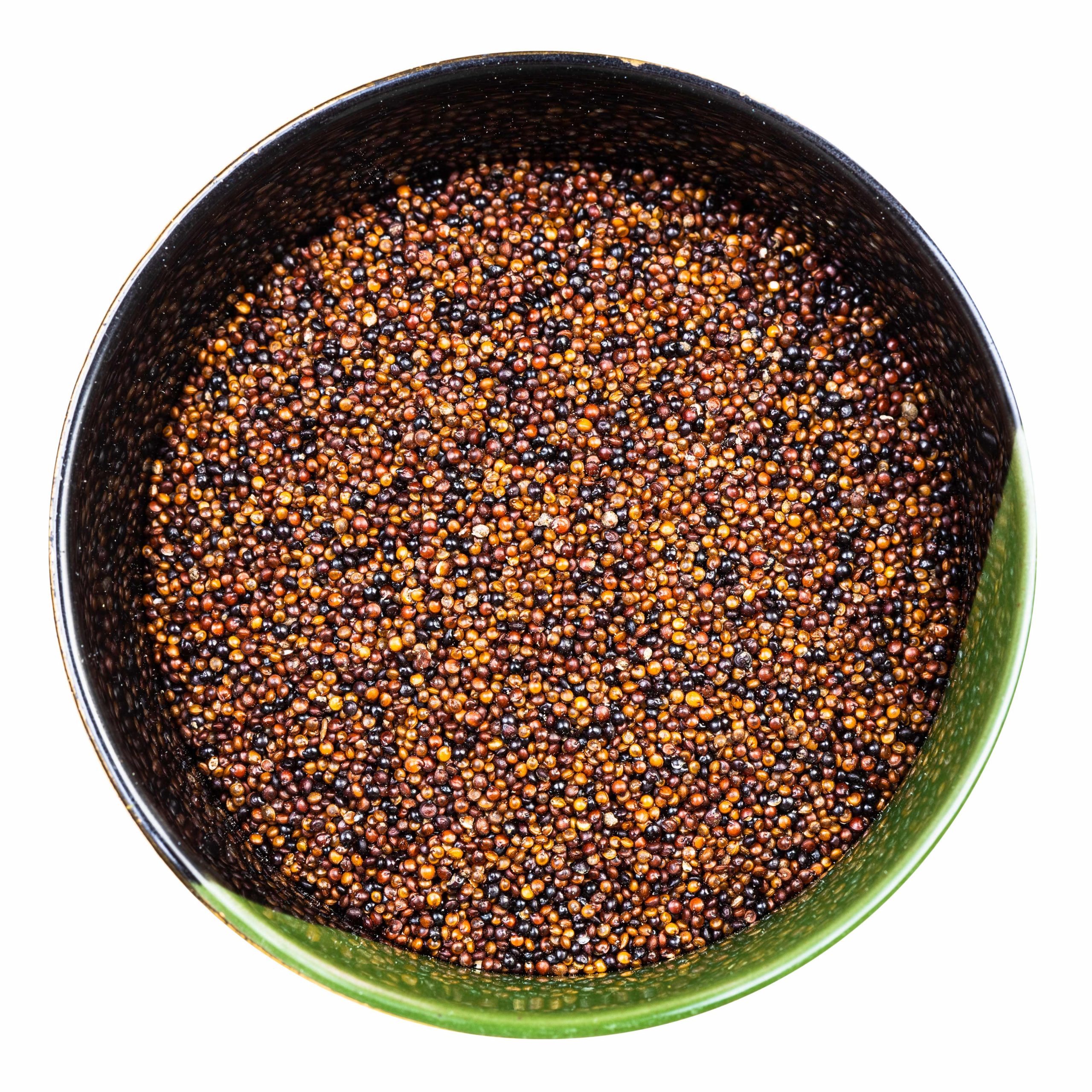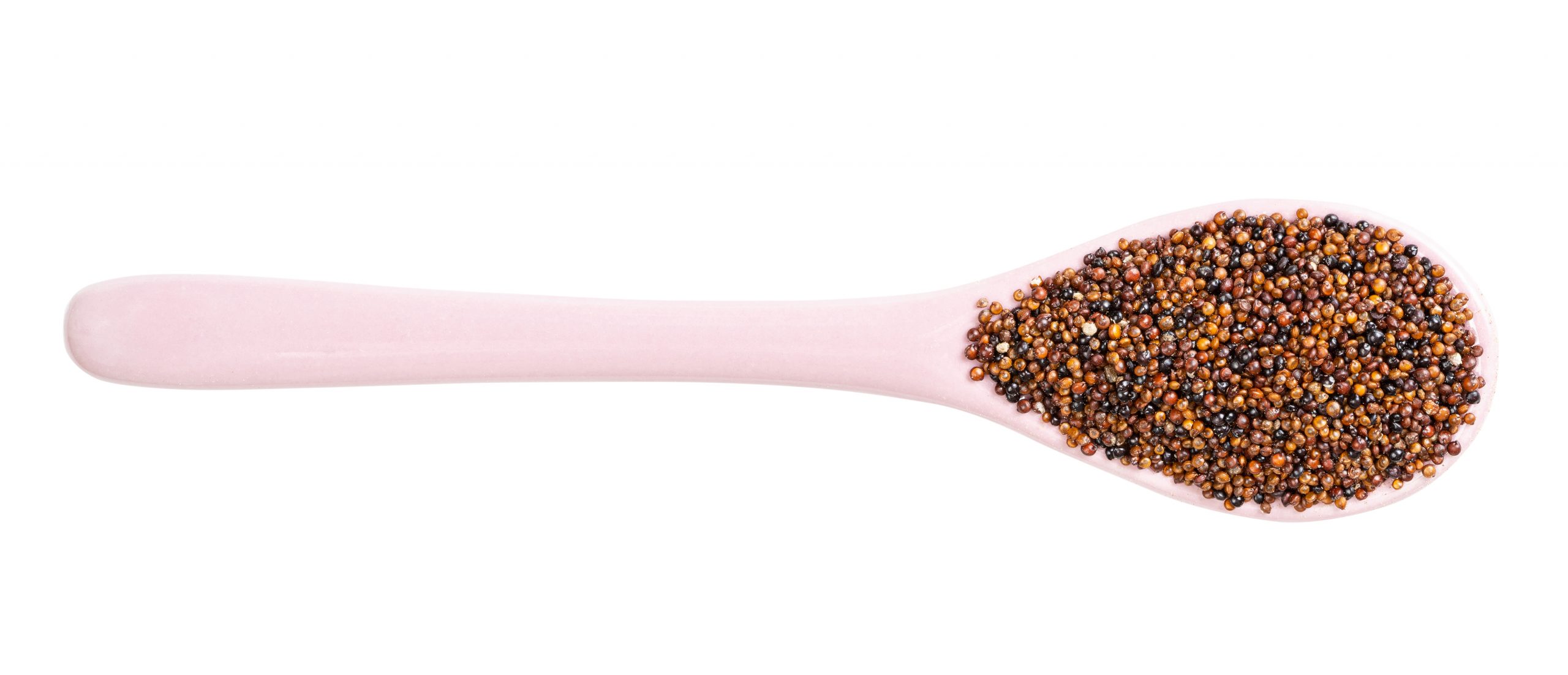By: Jack Bergman
In our health conscious world, people are always on the lookout for the next food item that will fend off disease and give us that highly prized healthy body.
Food fashionistas and dietitians alike have in the past hailed such foods as blueberries, Brazil nuts and broccoli as the must eat foods of the day. Enter kaniwa (pronounced kan-yee-wa), the latest so-called “super food” to hit our shelves. Some are hailing kaniwa’s adaptability and nutritional value, but what exactly is kaniwa, and should we be running to the nearest health-food store to buy it?

Kaniwa, a seed of the goosefoot plant, originating from the slopes of the Andes Mountains in South America, has been a dietary staple for Native Americans for centuries. Renowned for its ability to grow in the most extreme of climates, it is closely related to quinoa, but smaller in size and terracotta in color.
What, for many, gives kaniwa the edge over quinoa, is its lack of saponins, a component which can give foods an almost soapy, harsh flavor, requiring them to be thoroughly rinsed before cooking. Yet its taste has been described as close to quinoa: sweet, nutty and moreish. The seed can be added to a variety of meals, complementing meats, seafood and tofu particularly well.
What is most remarkable about kaniwa is its nutritional value, gram for gram outstripping even its cousin quinoa. Per half cup, kaniwa boasts 7 grams of protein, 4 grams of fiber and a mere 160 calories. It is totally gluten free, making it the perfect choice for sufferers of celiac disease or for anyone sensitive to too much gluten in their diet. Moreover, kaniwa is also a great source of antioxidants, its compounds linked to a reduction in several serious conditions including heart disease. It also contains all 9 essential amino acids, a necessary part of any diet, as well as a variety of vitamins and minerals, including calcium, iron and zinc.
Kaniwa is also simple to prepare, even for those with the most basic of kitchen skills. For one cup of kaniwa add two cups of water, bring to a boil and simmer for 15-20 minutes or until the water is absorbed. Though gaining popularity, kaniwa may still be difficult to find, but persevere and you will be rewarded, for kaniwa is also easy on the pocket, especially if bought in bulk.




